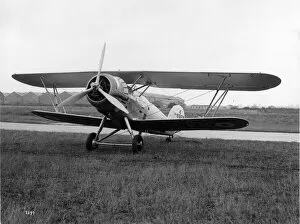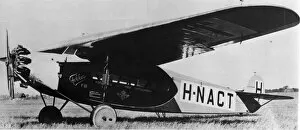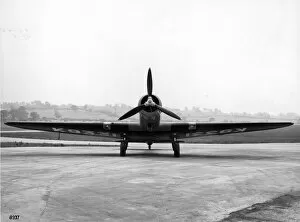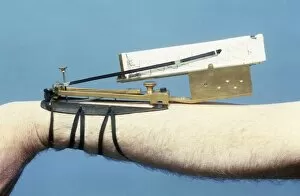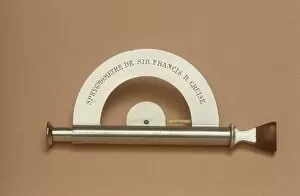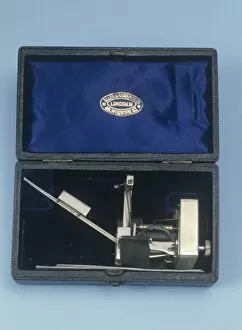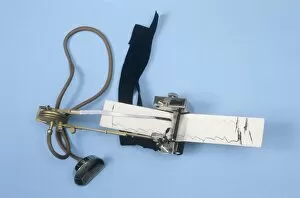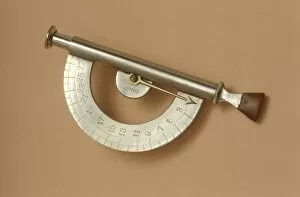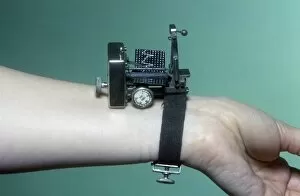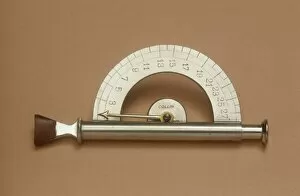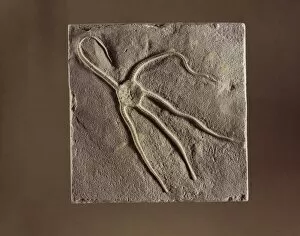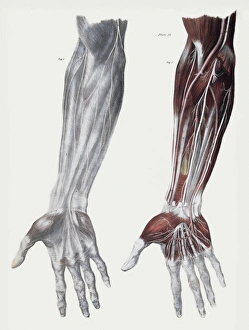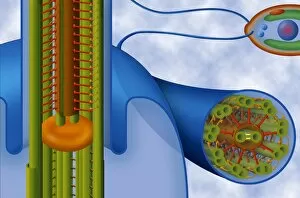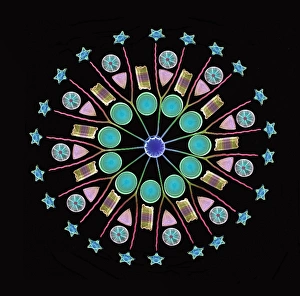Radial Collection (page 6)
"Exploring the Radial
All Professionally Made to Order for Quick Shipping
"Exploring the Radial: From Notre Dame's Rose Window to Anatomical Artwork and Engine Marvels" Immerse yourself in the captivating world of "radial" as we embark on a journey through various realms. In France, Paris beckons with its iconic Notre Dame Cathedral, where the mesmerizing Rose window showcases radial symmetry at its finest. Delving into anatomy, our attention is drawn to the intricate artwork C013/7419 depicting arm circulation—a testament to the fascinating radial patterns found within our own bodies. Transportation enthusiasts will marvel at the Hawker Hector powered by the mighty Napier Dagger III engine. Its radial ply construction ensures optimal performance, just like a well-designed car tyre. Turning our gaze towards aviation history, we encounter Scottish Aviation Pioneer VL515—the first of its kind—whose story includes a remarkable re-engineering feat. Abstract visualizations take us beneath a red umbrella in Kyoto, Japan (n4b), where even everyday objects can exhibit radial allure. The Bristol Hercules 736 tantalizes with its front port view—an awe-inspiring 14-cylinder radial masterpiece that propels aircraft to new heights. Meanwhile, Avia Rk. 17 captivates with its sleek design and undeniable charm. In agricultural aviation, Transland Ag-2 N8330H and N8831H soar through fields with their powerful radials roaring. Witnessing these machines in action is an experience like no other—especially when accompanied by their trusty companion Transland Ag-2 N8330H. Not forgetting ground transportation wonders, we encounter Alvis Leonides Major—a true powerhouse boasting impressive radial capabilities akin to those found in the legendary Bristol Hercules engine. From architectural wonders and anatomical intricacies to engineering marvels both airborne and terrestrial—the concept of "radial" reveals itself across diverse domains. Join us as we celebrate this captivating phenomenon that unites artistry and innovation.





